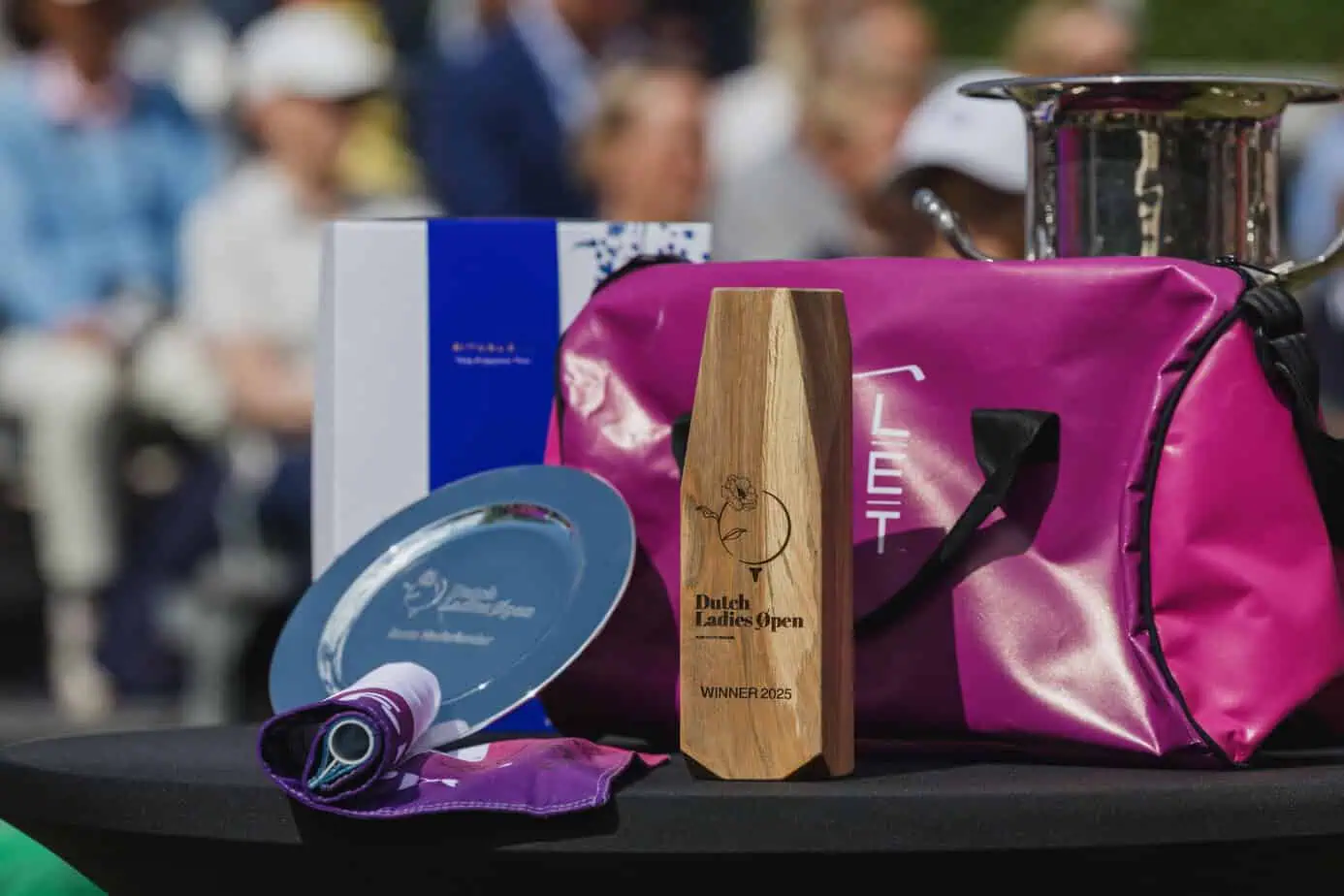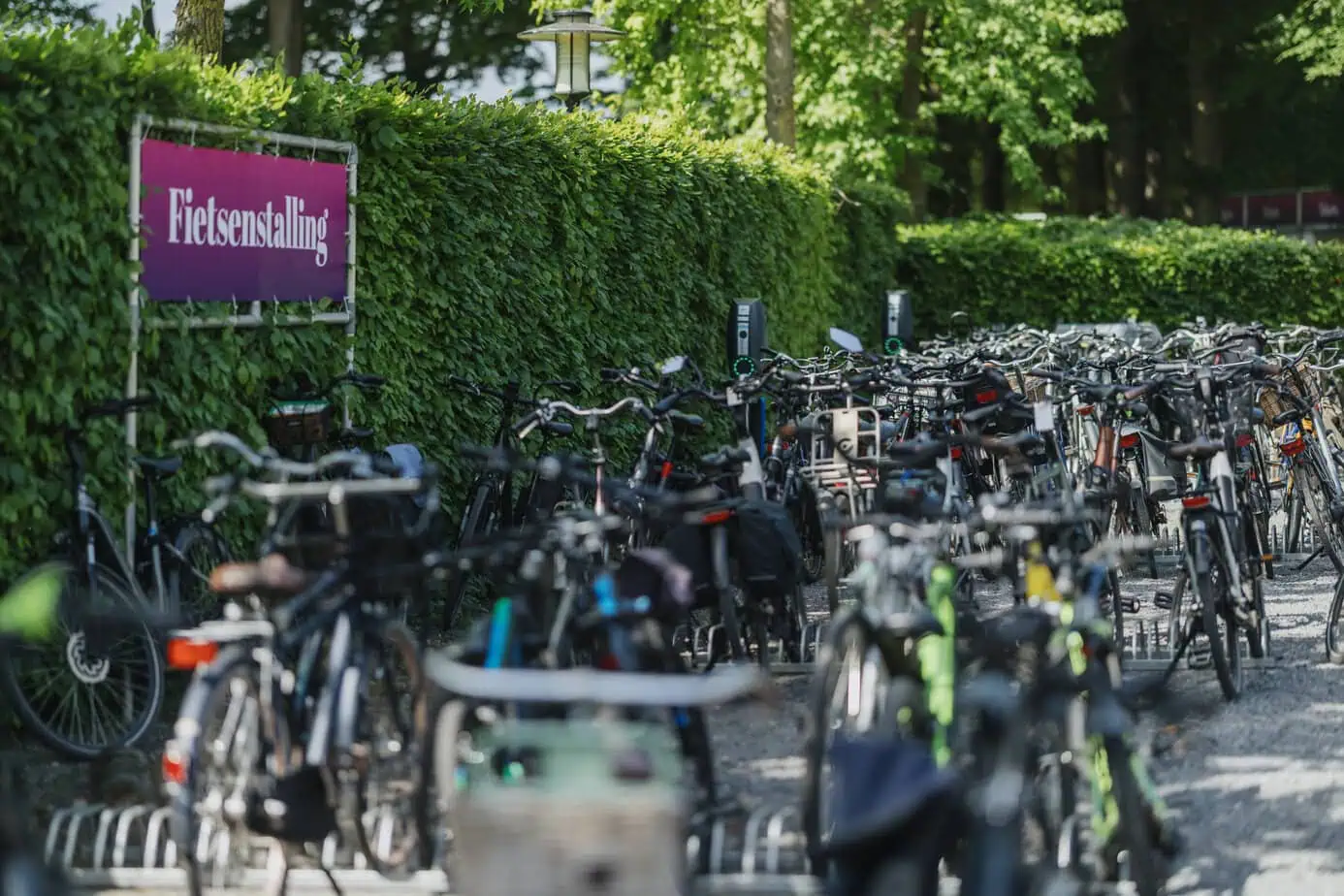Christine Saxton, responsible for events at the Dutch Golf Federation (NGF), managed the ISO certification of the Dutch Ladies Open and implemented it in detail together with her colleagues. The NGF team got off to a cold start last December and decided to tackle the certification of the Dutch Ladies Open in order to pursue the topic of sustainability even more consistently.
Why did NGF decide for the ISO certification?
Christine Saxton: We compared different certification models and decided for ISO because it works not only for events but also for organizations. We are also thinking about the certification of our federation. We started the whole process last December and didn’t really have a lot of time.
How did you start the ISO certification process?
Christine Saxton: We hired a consultant who specializes in helping companies with ISO certification, and that really supported us. At one point we had to ask ourselves: will we make it by May or not? We decided to go for it. Halfway through, we had a preliminary audit by Kiwa, our ISO auditor. He told us we were on the right track and could still make it. That motivated us to keep going.
Which aspects did the audit focus on?
Christine Saxton: The main focus was on our management system. They checked whether we have a clear strategy, annual plans, measurable goals, and processes to evaluate and improve if we don’t meet them. They looked at the entire organizational structure of the Dutch Ladies Open: Do I have regular meetings with my supervisor? Do I take training courses? Am I certified to do my job? It’s really about whether the structure is sound. The certificate is now our baseline measurement, from which we aim to improve — including our sustainability efforts.
Did you already have sustainability targets before working with ISO?
Christine Saxton: Not really. We were already trying to be more sustainable — choosing the right materials and energy sources — but we hadn’t set specific targets. Through ISO, we realized we needed measurable goals. So for the first time, we defined six targets for this year, and from now on we’ll continue setting them annually.
Can you give a few examples of those goals?
Christine Saxton: Yes, we structured them around People, Planet, and Profit:
- People: We set a target for at least 10% of our spectators to be youth under 18 and at least 60% to be women. Women and youth are underrepresented in golf, especially in the Netherlands, so we want to change that.
- Planet: We sent out a survey asking spectators whether they noticed our sustainability efforts — our goal is for at least 75% to say yes. Also, we want to reduce our CO₂ emissions by 10% by 2026 compared to this year. We’re currently collecting data on energy and water use and asking players, volunteers, suppliers, and even spectators about their carbon footprint. It’s our first time measuring, so it may not be 100% accurate, but it gives us a solid starting point.
- Profit: One goal was to stay within the event budget, and the other was to gain more partners. Currently, we have none for this tournament, but with more support, we hope to expand our sustainability efforts.
What was the biggest challenge in the certification process?
Christine Saxton: The amount of documentation required was overwhelming at times. Initially, I thought ISO was mostly about what we do for the planet — like sustainable materials and energy use. But it turned out to be much more about having a structured management system. For example: do we communicate our sustainability goals to suppliers so they can help us achieve them — maybe by offering electric instead of gas-powered transport? It wasn’t just about the tournament — it was about the entire organizational structure behind it.
Do you feel the targets have already helped you or the NGF (Dutch Golf Federation)?
Christine Saxton: Yes. The “people” targets were already part of our marketing work, but now we’re more focused. Since the goals were set late this year, it will be easier to align with them next year. One very positive insight was that sustainability is not just my personal mission — it’s something many of my colleagues care about, too. The auditor interviewed several staff members and was impressed that everyone was on board. That’s not always the case in organizations, where it sometimes exists only on paper.
Subscribe to our newsletter!
News & trends about sustainability in golf
How did visitors respond during the tournament?
Christine Saxton: The Netherlands are quite advanced in terms of sustainability, but I don’t know if spectators expect it from a golf tournament. Still, no one objected to what we were doing. For example, we had separate trash bins for paper and general waste, but people still threw everything into both. That happens at festivals too. However, many visitors came by bike, which was great. Even just encouraging people to cycle can make a difference in the long run — it plants a seed.
And the players — did they notice or respond?
Christine Saxton: Yes, especially Sarah Kouskova. She was very supportive and engaged with our sustainability content. We didn’t ask all players for their opinion, but we did ask each one how they traveled — by plane, car, or train — and they all responded. We also gave them recycled socks and reusable water bottles, and they reacted positively. There were no plastic bottles on-site — instead, players could refill their bottles at water stations on every hole.
What’s next for the ISO certification?
Christine Saxton: The certificate says it’s valid until 2028, but there will be annual audits. But I expect the work will be a lot less next year since the foundation is now in place.








